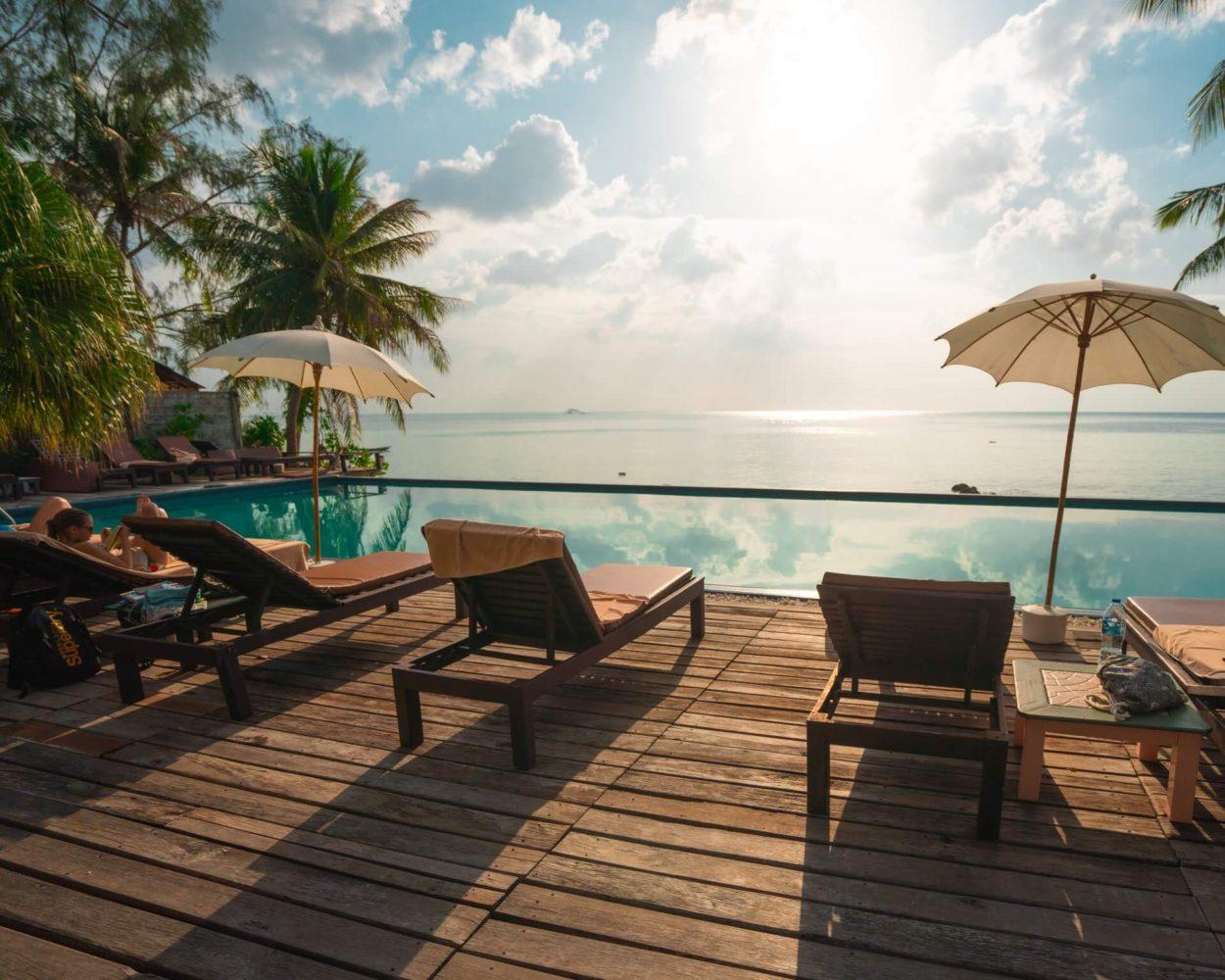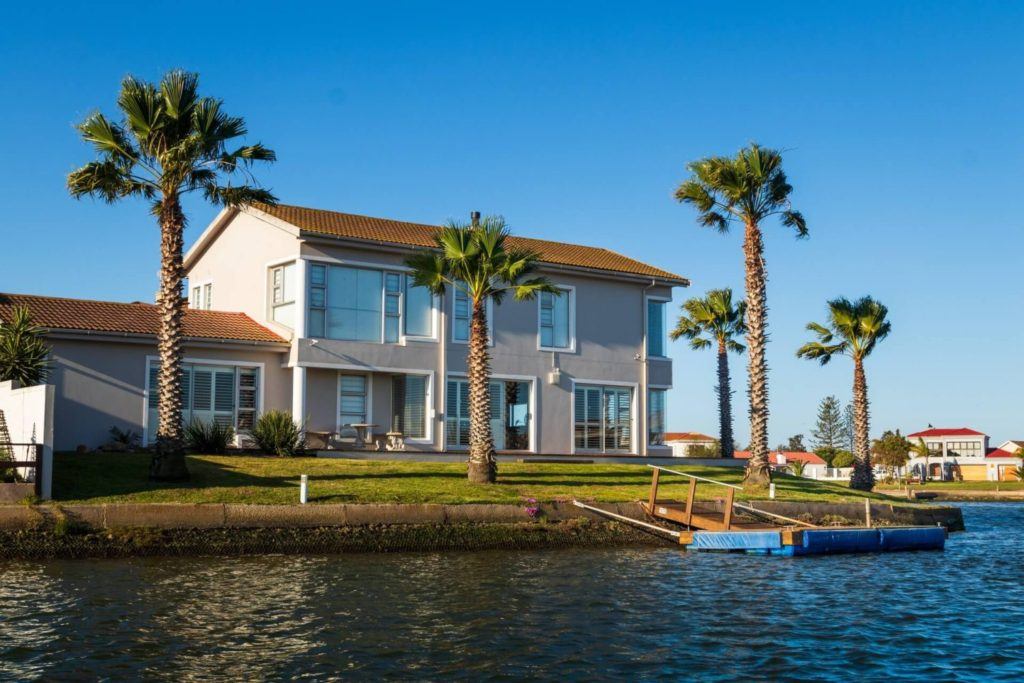
The changing face of vacation ownership
The vacation ownership/timeshare product has come a long way since its inception back in the 1960s in Superdevoluy in the French Alps.
Back in the day, guests were encouraged: “Why rent when you can buy – it’s cheaper?” The idea behind the program was simple – to give skiers a guaranteed opportunity to ski in the Alps every year.
The concept was quickly adopted across Europe and then in the U.S., which experienced double-digit growth, unparalleled by other hospitality options. As the industry grew, so did the number and types of products and services on offer, catering to the various needs of different consumer groups.
Since then the product has evolved to become more than just a value-for-money, buy-your-vacations-in-advance product. McMullen and Welch* proposed five different types:
- Luxury – 139 square meters+ (1,500 square feet+) found in tourist destinations.
- Up-market – 93 square meters (1,000 square feet) for a one-bedroom to 167 square meters (1,800 square feet) for a two-bedroom apartment located in a resort destination.
- Quality – 74 square meters (800 square feet) for a one-bedroom to 130 square meters (1,400 square feet) for a two-bedroom unit found in destination areas.
- Value – 74 square meters (800 square feet) for a one-bedroom to 93 square meters (1,000 square feet) for a two-bedroom apartment located in regional resorts.
- Economy – 84 square feet (900 square feet) for a one-bedroom unit found in regional markets.

Although there was steady, double-digit growth in the number of resorts, owners and sales throughout the 70s and 80s, it was the entrance of the hospitality brands that helped the concept become accepted. Disney, Hilton, Marriott and Hyatt have all helped make the industry more credible and legitimate.
In the U.S., throughout the 80s, most accommodations comprised two-bedroom two-bathroom units sleeping a maximum of six-eight people. Urban timeshares were slightly smaller, focusing on studio and one-bedroom units. Smaller units were also more frequently found throughout Europe.
In the 1990s, the product evolved again with the introduction of lock-off units adding further flexibility and choice. And purpose-built accommodations became luxuriously furnished and well equipped to cater to the demands of consumers.
Other vacation ownership changes over time included:
- The development of the two-master-suite unit for the family market
- Different layouts for golfing resorts which were sold to foursomes
- High rise developments for urban-based timeshares
- A move from condominium developments to larger townhouse and single-family units
- The move from small developments with 50 units to projects with 900+ units.
One of the most important developments to the quality, service levels and facilities at resorts was the introduction of the rating systems by the two exchange organisations, RCI and Interval International. The ratings looked at:
- Guest flow
- Private sleeping areas
- Private bathrooms
- Kitchen amenities
- T.V.s and electrical equipment

Indeed, the industry has continually responded to changing holiday patterns and economic challenges with new and inventive products and services.
Floating time, biennials, quarter shares, points and vacation clubs have all come from our ability to travel further, more frequently and much cheaper than ever before.
While economic downturns and the COVID-19 pandemic have meant that owners/members are more likely to return to your resorts because they:
- Have already paid for their vacations with you
- Pay an annual maintenance or usage fee/levy
- Have trust that you will keep them safe and well
- Are loyal to your brand
- Know what they are going to experience – no surprises.
Whether you call it timeshare, vacation ownership, fractional, points club membership (and a host of alternatives and derivatives), ultimately, it’s all about selling the dream vacation. And we are good at it too!
ARDA reports the following statistics**:
- 1,580 shared ownership resorts in the U.S.
- 9.6 million U.S. households own one or more product type
- 11 per cent of owners earn $100K or more
- Average price of an interval is $21,455
- $80.7 billion contributions to U.S. economy
- 540,410 full- and part-time jobs
- $29.9 billion in income and wages and $10.8 billion in tax revenue
- $7.2 billion spent by owners and guests during their vacations
- $2.88 billion spent onsite at resorts and $4.35 billion spent off-site
- 80.8 per cent average occupancy (2018 hotel occupancy was 66.2 per cent***)
** AIF State of the Vacation Timeshare Industry: United States Study, 2019 edition (reflecting 2018 data); AIF Economic Impact of the Timeshare Industry on the U.S. Economy, 2018 edition (reflecting 2017 data); AIF Shared Vacation Ownership Owners Report, 2018 edition (reflecting 2017 data)
*** Smith Travel Research
Today, vacation ownership has become a life-style product where the customer experience, location, flexibility, community and service are more important to potential owners.
Despite reports showing that vacation ownership remains a non-sought-after product, researchers have empirically demonstrated that the product is expanding:
- In complexity and richness of product design
- Worldwide consumer numbers
- Worldwide resort numbers and
- In how the product is packaged as a vacation club or points-based product.

So, what’s the future for vacation ownership?
The recent launch of Pacaso, from the people behind house-hunting service, Zillow, might give us a clue. Their mission is to “enrich lives by making second homeownership possible for more people”.
Focusing on the second-home market, Pacaso offers fully managed, LLC co-ownership in single-family homes in popular second-home destinations rather than on a resort with shared facilities and amenities. Owners can decide how much they own – from 1/8 to ½.
The Pacaso team purchases the property and finds vetted co-owners, handles interior design, maintenance, bill paying and property management.
They have even developed their SmartStay™ technology for equitable scheduling that allows owners to book time in the home anywhere from two days to two years in advance (which is a shame as Merlin Software would have been able to manage it for them).
And resale is streamlined and completed in partnership with a local real estate agent at a price set by the seller.
Staunchly anti-timeshare throughout their marketing, Pacaso could be seen as fractional ownership by another name. Or the evolution of the timeshare product to fit today’s millennial market.
It remains to be seen how successful the Pacaso product becomes, especially with its focus on real-estate agents selling the product and generous commissions. And we wait to see who enters the market next. What we do know is that shared ownership products are here to stay in one form or another. The industry has an exciting future ahead.
*Product design evolution in the vacation ownership industry: From fixed weeks to points and vacation clubs by Randall S. Upchurch



